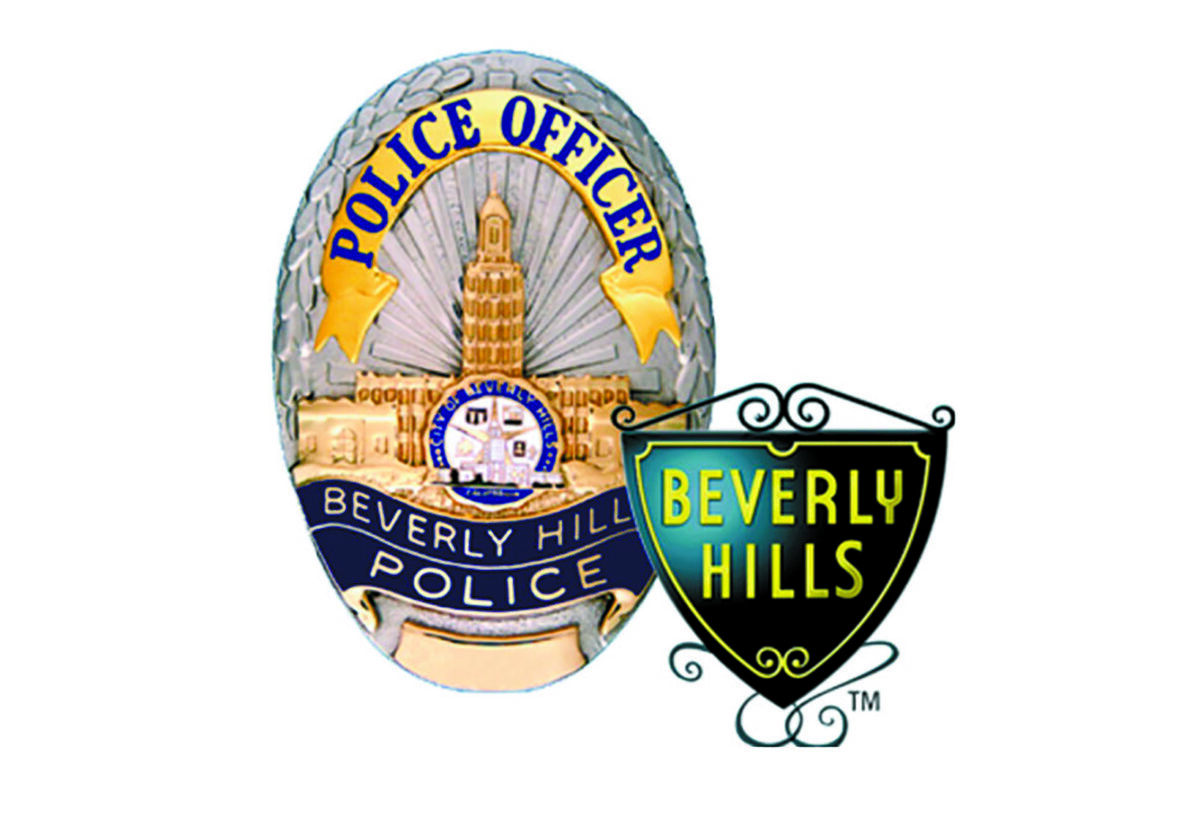Just three weeks into the anticipated three-year closure of Canon Drive north of Wilshire Boulevard, Beverly Hills businesses around the area are taking a hit when it comes to patron response.
Cognizant of the negative impacts of closing that intersection while the Los Angeles County Metropolitan Transportation Authority (MTA) builds out the Wilshire/Rodeo subway station, the city is now working to help mitigate ensuing consequences.
“The first day (after the street closed), business was down 15 to 20 percent,” said Beverly Hills Market & Deli owner Shawn Saeedian, who has lived in the city for more than three decades, in addition to having his business on Crescent for 31 years.
Saeedian was one of several local merchants in attendance at last Thursday afternoon’s Beverly Hills City Council / Traffic and Parking Commission liaison who said that their businesses had been negatively impacted following the closure. During the meeting, he presented the liaison with a petition signed by 400 residents and patrons advocating their support of converting Dayton Way to a two-way street between Crescent Drive and Canon Drive.
While the expectation by the businesses is that the conversion will enable patrons to better access the city’s parking facility on Crescent, where people park to visit the Beverly Hills Market and other retailers, a study presented by Deputy Director of Transportation Aaron Kunz showed that the conversion might come with its own set of additional drawbacks.
The city’s analysis found that traffic delays could jump to a whopping 340 seconds at the intersection of Dayton Way and N. Canon Drive if the city were to convert Dayton from a one-way street for that one block. With the Canon closure, the delay at that intersection is currently 117 seconds, according to the study.
“The closure of Canon Drive to Wilshire Boulevard for a proposed two to three years will cause major traffic jams and standstill traffic during peak hours. It is critical that traffic patterns be adjusted,” wrote Jeff Hyland, president of Hilton & Hyland, who sent a letter to Vice Mayor Lester Friedman addressing the traffic congestion in lieu of attending last Thursday’s meeting.
The liaison consists of Friedman and Councilman Bob Wunderlich from the city side together with Traffic and Parking Commission Chair Jay Solnit and Commissioner Jake Manaster.
Hyland, whose new building on Canon opened earlier this year, offered four suggestions for the liaison – none of which were publicly shared during the meeting. Among his suggestions, which included the possibility of converting Dayton Way into a two-way, was the alternative to put a green arrow going east on Dayton to speed traffic along.
Despite the meeting being relatively packed – it was standing room only, with almost a dozen people on their feet – Wunderlich said it was “troubling” that the meeting was not widely noticed and directed city staff to ensure that business owners from a broader radius were solicited to attend the next meeting on the issue.
“We do need to protect our business owners,” Friedman emphasized. “People are going to get frustrated (with six-minute wait times) and it’s going to create a negative business environment.”
Beverly Custom Cleaners owner Margaret Kevorkian, who has owned her business on Crescent Drive for 38 years, tells the Courier that her customers are dwindling as a direct result of the Canon closure and those who do come to drop off or pick up their dry cleaning are frustrated. Several, she added, have told her that they’ve parked in the Whole Foods parking lot in an effort to navigate the parking and traffic challenges.
“Really, it’s a hell for us right now,” Kevorkian said, underscoring her ardent support of making Dayton two ways. Three weeks after the closure, she said one day of sales grossed her less than a quarter of what her daily business was a month before. “I don’t think the [city] management cares about us.”
The city is now in the process of installing a signal at Clifton Way, which is slated to remain even once the subway station opens. Manaster said the MTA- funded signal cost around $200,000, but didn’t elaborate on its expected benefits.
“The Clifton signal is going to stay, and I’m baffled by that,” he said. “I already have a problem with how the future is going to look.”
As far as just what the future will look like for the affected merchants, that remains to be seen. The next venue in which the issue will be discussed is the Nov. 7 Traffic and Parking Commission meeting.
“I’m not really sure we’re at the point today where we can make a recommendation on what to do going forward,” Wunderlich said. “We’re trying to avoid negative impacts on the businesses… and we obviously want to do what’s best for the community as a whole.”







